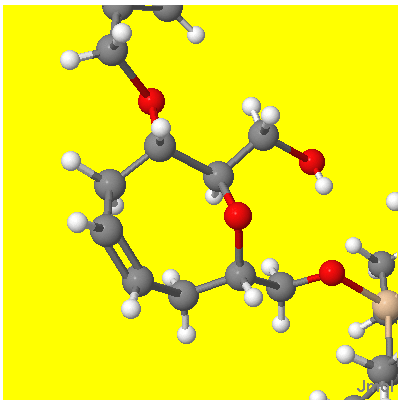First to thank Peter Sefton and family for looking after me so well. We’re just about to see the sights of Toowoomba – The garden city. I gave a talk yesterday about the Semantic web and other stuff and used the WP entry above to highlight the way that WP is almost magically capturing commonly agreed information. (Someone pointed out that the height was given wrongly so I urged them to fix the entry – all I know is that we are relatively high up!).
I gave my talk in HTML as normal – a series of ca. 100 major topic with 2-20 “slides” under each. I select each “slide” as I go along and stop at the time limit. At least this means I never overrun. The system has evolved over the years and now has a vertical menu for each topic and a horizontal one within the topic.
Peter and colleagues have been working on educational technology for many years and his ICE is aimed at many things including slides and course content. Because it rigorously separates content from style it’s straightforward to repurpose material. Blogs, slides, courses, summaries – all can be derived from or into ICE.
So I shall leave Peter to blog about the details. (For a typical example, see Graphing with ICE). ICE has been carefully thought out with a balance between formal systems and pragmatics. It works with normal systems susch as Word, PDF, etc. It seems ideal for theses but I’ll not give anything else away in this blog. The team is great – we picked some topics of mutual interest and within 24 hours we had proof of concept of two. (They involve chemsitry!) So we’ll be adopting and encouraging its use.
-
Recent Posts
-
Recent Comments
- pm286 on ContentMine at IFLA2017: The future of Libraries and Scholarly Communications
- Hiperterminal on ContentMine at IFLA2017: The future of Libraries and Scholarly Communications
- Next steps for Text & Data Mining | Unlocking Research on Text and Data Mining: Overview
- Publishers prioritize “self-plagiarism” detection over allowing new discoveries | Alex Holcombe's blog on Text and Data Mining: Overview
- Kytriya on Let’s get rid of CC-NC and CC-ND NOW! It really matters
-
Archives
- June 2018
- April 2018
- September 2017
- August 2017
- July 2017
- November 2016
- July 2016
- May 2016
- April 2016
- December 2015
- November 2015
- September 2015
- May 2015
- April 2015
- January 2015
- December 2014
- November 2014
- September 2014
- August 2014
- July 2014
- June 2014
- May 2014
- April 2014
- March 2014
- February 2014
- January 2014
- December 2013
- November 2013
- October 2013
- September 2013
- August 2013
- July 2013
- May 2013
- April 2013
- March 2013
- February 2013
- January 2013
- December 2012
- November 2012
- October 2012
- September 2012
- August 2012
- July 2012
- June 2012
- May 2012
- April 2012
- March 2012
- February 2012
- January 2012
- December 2011
- November 2011
- October 2011
- September 2011
- August 2011
- July 2011
- May 2011
- April 2011
- March 2011
- February 2011
- January 2011
- December 2010
- November 2010
- October 2010
- September 2010
- August 2010
- July 2010
- June 2010
- May 2010
- April 2010
- August 2009
- July 2009
- June 2009
- May 2009
- April 2009
- March 2009
- August 2008
- July 2008
- June 2008
- May 2008
- April 2008
- March 2008
- February 2008
- January 2008
- December 2007
- November 2007
- October 2007
- September 2007
- August 2007
- July 2007
- June 2007
- May 2007
- April 2007
- December 2006
- November 2006
- October 2006
- September 2006
-
Categories
- "virtual communities"
- ahm2007
- berlin5
- blueobelisk
- chemistry
- crystaleye
- cyberscience
- data
- etd2007
- fun
- general
- idcc3
- jisc-theorem
- mkm2007
- nmr
- open issues
- open notebook science
- oscar
- programming for scientists
- publishing
- puzzles
- repositories
- scifoo
- semanticWeb
- theses
- Uncategorized
- www2007
- XML
- xtech2007
-
Meta

